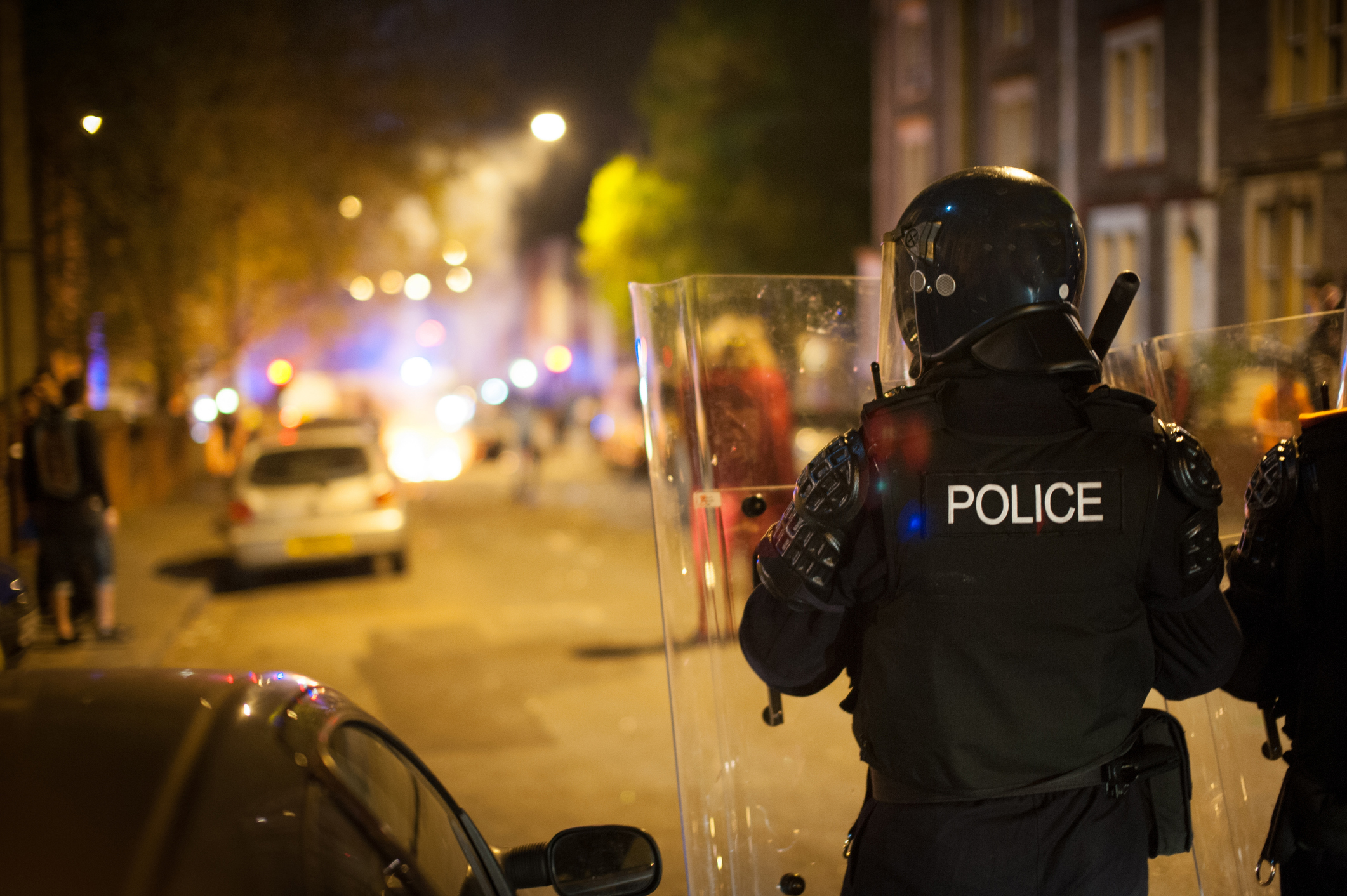Exposures Facing Local Governments in the Wake of Mass Protests
Recent demonstrations surged to new levels unseen prior to 2020. Some local governments were split on how to respond to protests, risking consequences if they over- or underreacted. We review a few of the lessons learned from their response.
September 10, 2024

Following the aftermath of George Floyd’s death, the country saw widespread protests, civil unrest, and demonstrations in many municipalities and other governing bodies. It is reported that from May to August 2020, there were 8,700 demonstrations that occurred in 68 cities across the United States. Additionally, the violent events that occurred at the Capitol in Washington, D.C., on January 6, 2021, are an indication of what could happen at the state, county, and city levels for local governments following the upcoming elections.
“While every U.S. citizen can exercise their First Amendment constitutional rights, local governments are required to navigate the fine lines that exist between balancing the duty of allowing civil discourse in public and the duty of maintaining public order,” said Ariel Jenkins, Assistant Vice President – Risk Control at Safety National. “The civil unrest occurring in the summer of 2020 provided municipalities and other governing bodies with costly liability reminders of the trade-offs of applying a heavy police presence or taking a more non-interventionist approach.”
Local governments should consider these potential exposures when reviewing their processes to respond to civil unrest.
Third-Party Liability Claims
Many local governments were impacted by third-party liability claims arising from either accusations of over-policing or under-policing in the face of mass protests that escalated or developed into civil unrest. Stakeholders became weary of police tactics and policies after George Floyd’s death, placing expectations on insureds to refine and clarify their use-of-force policies. Failing to have robust policies on crowd control and handling protest incidents will increase the uncertainty of unfavorable outcomes of civil unrest.
Employee Injuries
According to a report from the Major Cities Chiefs Association, police officers suffered over 2,000 injuries in the first weeks of protests over the summer of 2020 following the death of George Floyd, with two officer deaths being linked to civil unrest. Regardless of the impact of these claims on individuals and families, employee injuries will have an impact on workers’ compensation cost of risk. It is vital that local governments consider both public safety and employee safety when crafting and following policies and procedures to handle mass protests.
Property Damage
Following the aftermath of summer 2020’s civil unrest, insured property damage estimates range from $1-2 billion. This estimate does not consider uninsured losses or self-insured retentions in conjunction with the insured losses. The property damage and claims that followed civil unrest contributed to the instability of an already challenged property insurance market. If damage to covered property is imminent, it may be beneficial to check with your property insurance broker and carrier to see if there is any coverage for extra expense costs to preserve and physically protect property. The insurer may be willing to front some costs in order to minimize damage to property.

























